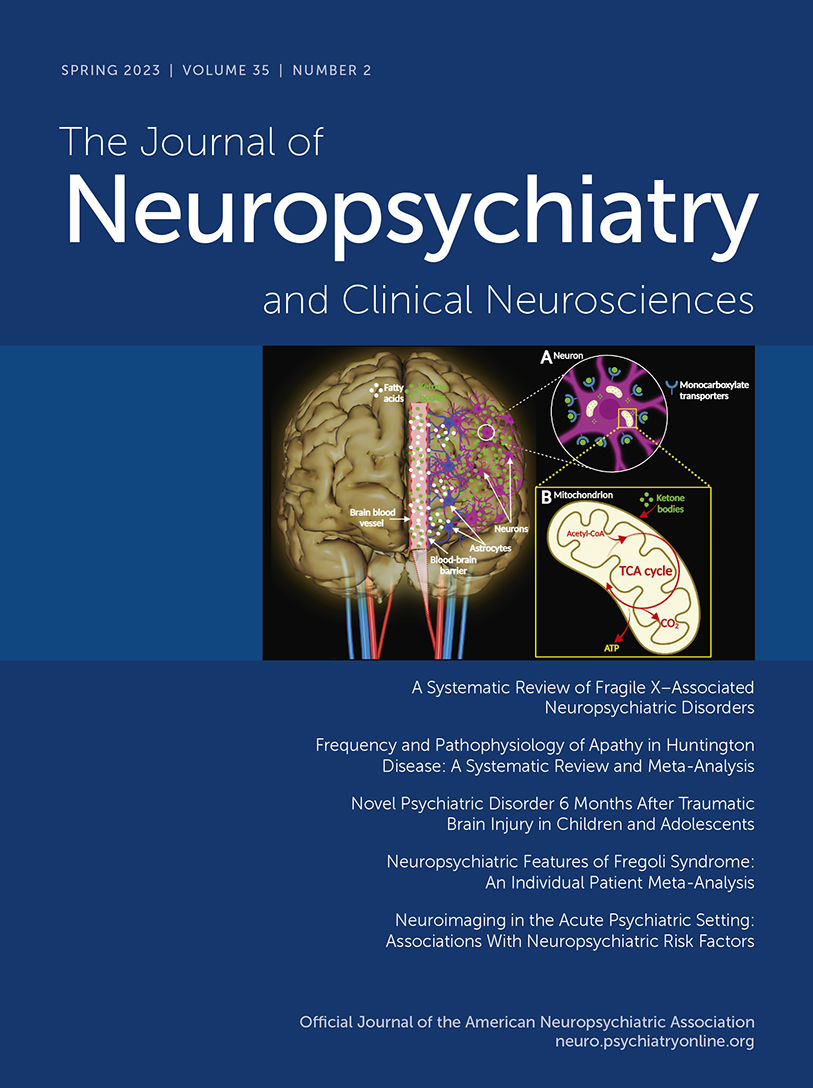Frequency and Pathophysiology of Apathy in Huntington Disease: A Systematic Review and Meta-Analysis
Abstract
Objective:
Apathy is a common behavioral symptom of Huntington disease (HD). This systematic review describes current evidence on the pathophysiology, assessment, and frequency of apathy in HD.
Methods:
This systematic review was conducted in accordance with PRISMA guidelines. Using a comprehensive search strategy, the investigators searched the MEDLINE, Embase, and PsycINFO databases. All studies that evaluated apathy in HD patients with a valid scale and reported apathy frequency or scores were included. Apathy scores were analyzed by mean or standardized mean differences in accordance with Cochrane guidelines.
Results:
A total of 1,085 records were screened and 80 studies were ultimately included. The Problem Behaviors Assessment—Short was the most frequently used apathy assessment tool. Apathy frequency generally ranged from 10%–33% in premanifest HD to 24%–76% in manifest HD. A meta-analysis of 5,311 records of patients with premanifest HD showed significantly higher apathy scores, with a standardized mean difference of 0.41 (CI=0.29–0.52; p<0.001). A comparison of 1,247 patients showed significantly higher apathy scores in manifest than premanifest HD, with a mean difference of 1.87 (CI=1.48–2.26; p<0.001). There was evidence of involvement of various cortical and subcortical brain regions in HD patients with apathy.
Conclusions:
Apathy was more frequent among individuals with premanifest HD compared with those in a control group and among individuals with manifest HD compared with those with premanifest HD. Considering the complexity and unique pattern of development in neurodegenerative disease, further studies are required to explore the pathophysiology of apathy in HD.



